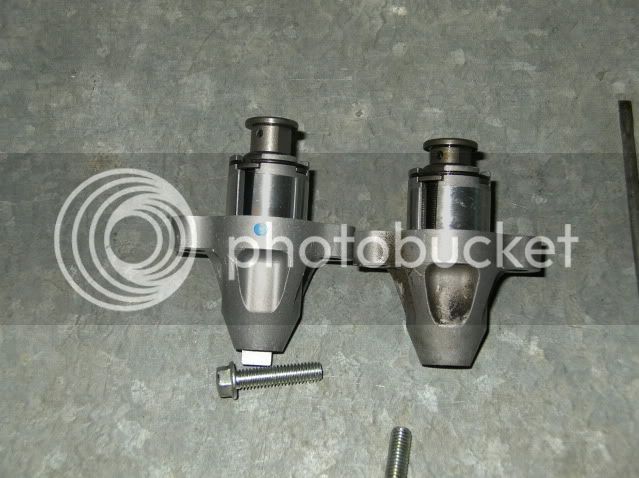Normanmeyers
Member
I have a 2004 with 70,000km.
On the good advise from this forum I have an APE cam chain tensioner in-hand. It is too cold in my unheated garage to get into it for a while but I am thinking about it.
I have not seen a stock FJR tensioner open so I do not know how they work. On my KLR, and others, there is a spring that pushes a ratcheting bar. Once it is advanced a click it cannot go back. On reading here it sounds like the FJR system uses a spring against the bar and the tension against the cam chain guide can float.
The APE is mechanical and will not give the system any "float".
My questions:
Is my reading of how the stock CCT works correct? And, does the FJR cam guide need to float Slightly?
Thanks,
Norm
On the good advise from this forum I have an APE cam chain tensioner in-hand. It is too cold in my unheated garage to get into it for a while but I am thinking about it.
I have not seen a stock FJR tensioner open so I do not know how they work. On my KLR, and others, there is a spring that pushes a ratcheting bar. Once it is advanced a click it cannot go back. On reading here it sounds like the FJR system uses a spring against the bar and the tension against the cam chain guide can float.
The APE is mechanical and will not give the system any "float".
My questions:
Is my reading of how the stock CCT works correct? And, does the FJR cam guide need to float Slightly?
Thanks,
Norm




